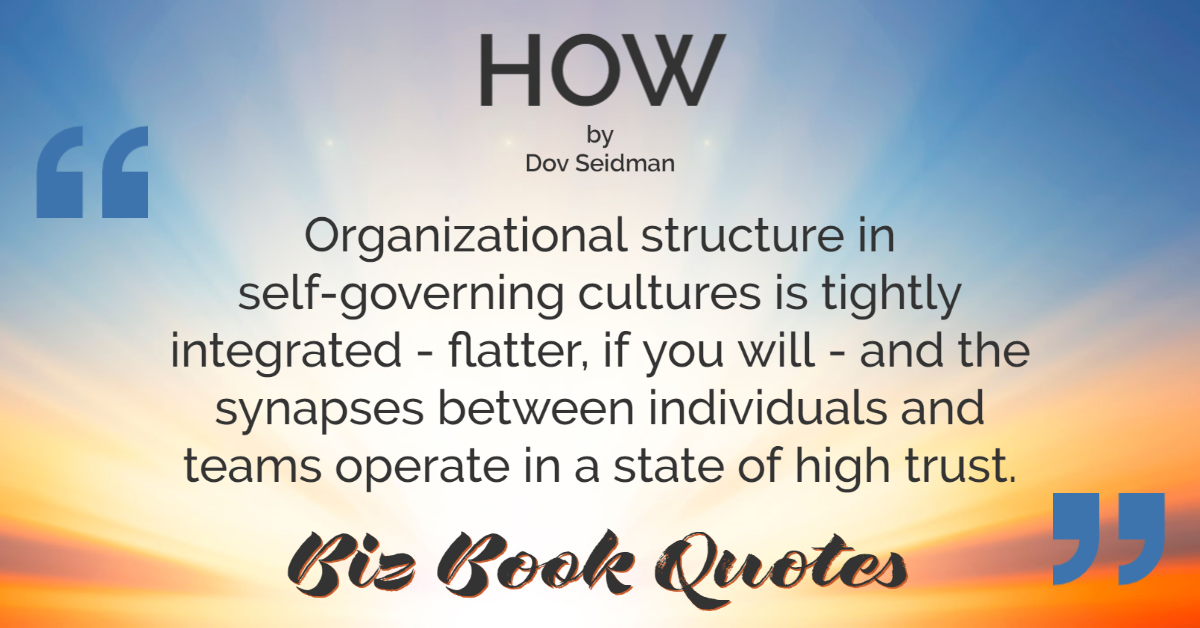 |
Organizational structure in self-governing cultures is tightly integrated – flatter, if you will – and the synapses between individuals and teams operate in a state of high trust.
|
233 |
 |
Self-governance requires universal vigilance; in self-governed groups, the responsibility for one’s own and others’ behavior becomes the job of everyone on the team.
|
233 |
 |
With everyone accountable for the team’s success, no one tolerates slacking; the culture becomes self-enforcing and feedback becomes the name of the game.
|
233 |
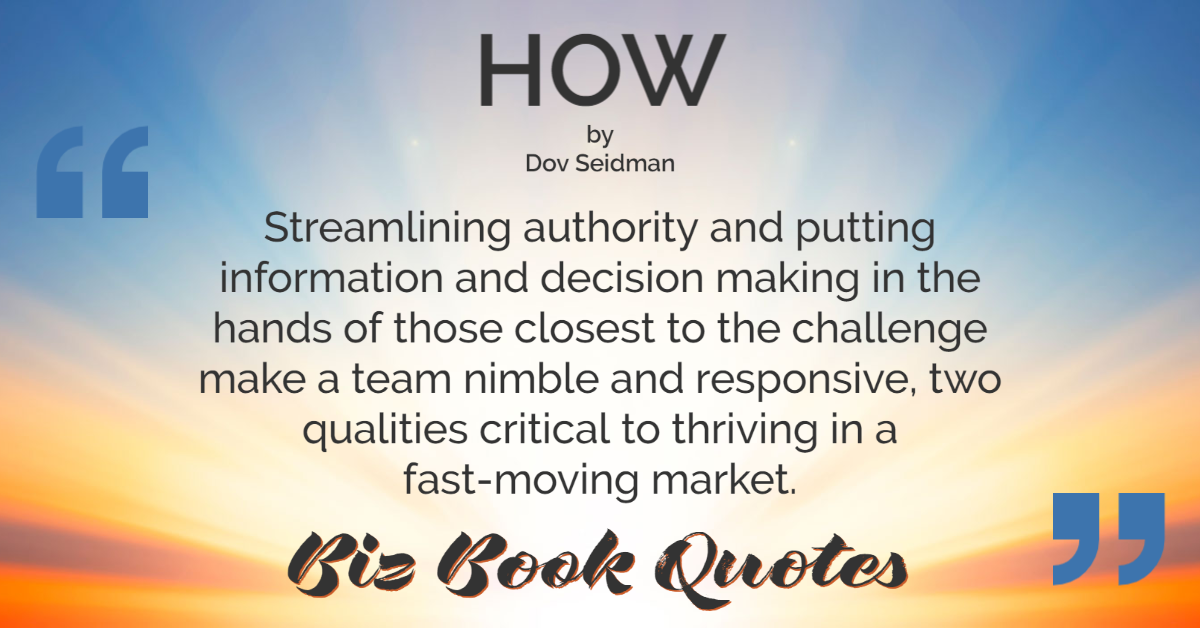 |
Streamlining authority and putting information and decision making in the hands of those closest to the challenge make a team nimble and responsive, two qualities critical to thriving in a fast-moving market.
|
251 |
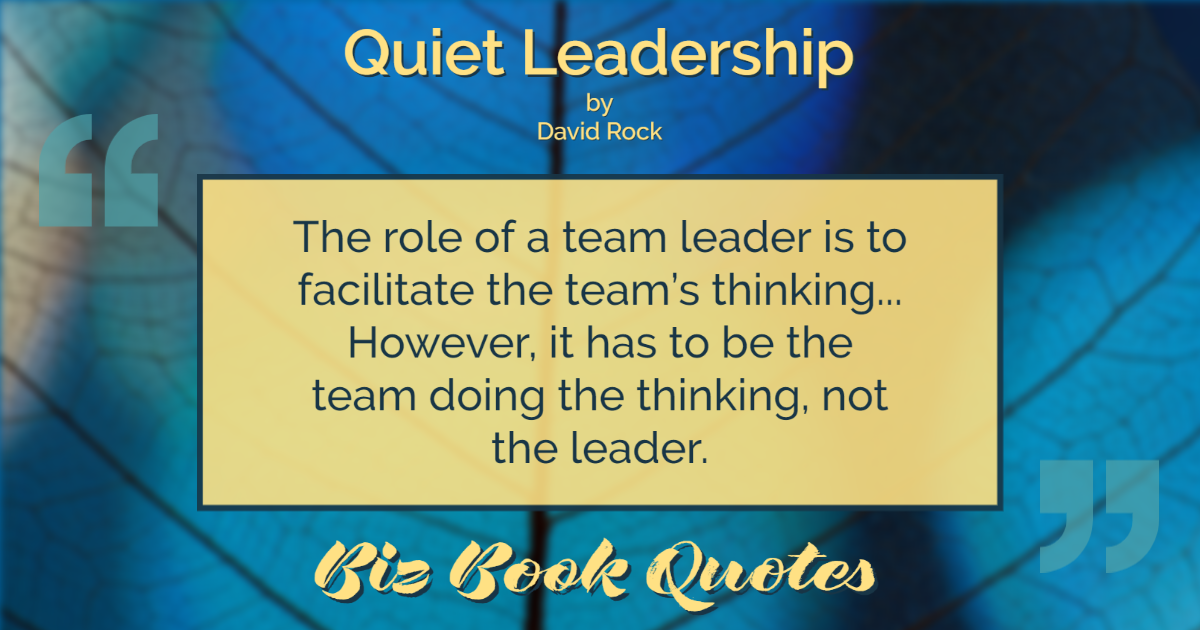 |
The role of a team leader is to facilitate the team’s thinking… However, it has to be the team doing the thinking, not the leader.
|
217 |
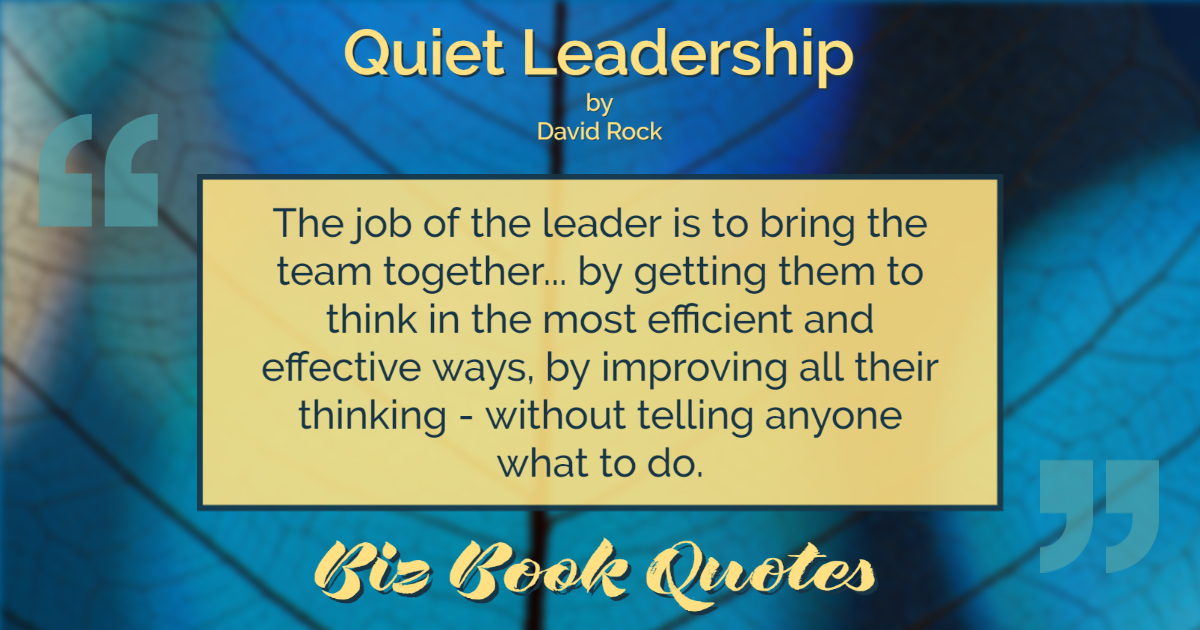 |
The job of the leader is to bring the team together… by getting them to think in the most efficient and effective ways, by improving all their thinking – without telling anyone what to do.
|
222 |
 |
Our role power as managers affects every interaction we have with our team members.
|
14 |
 |
…you and your directs really aren’t, and can probably ever be, a true team.
|
15 |
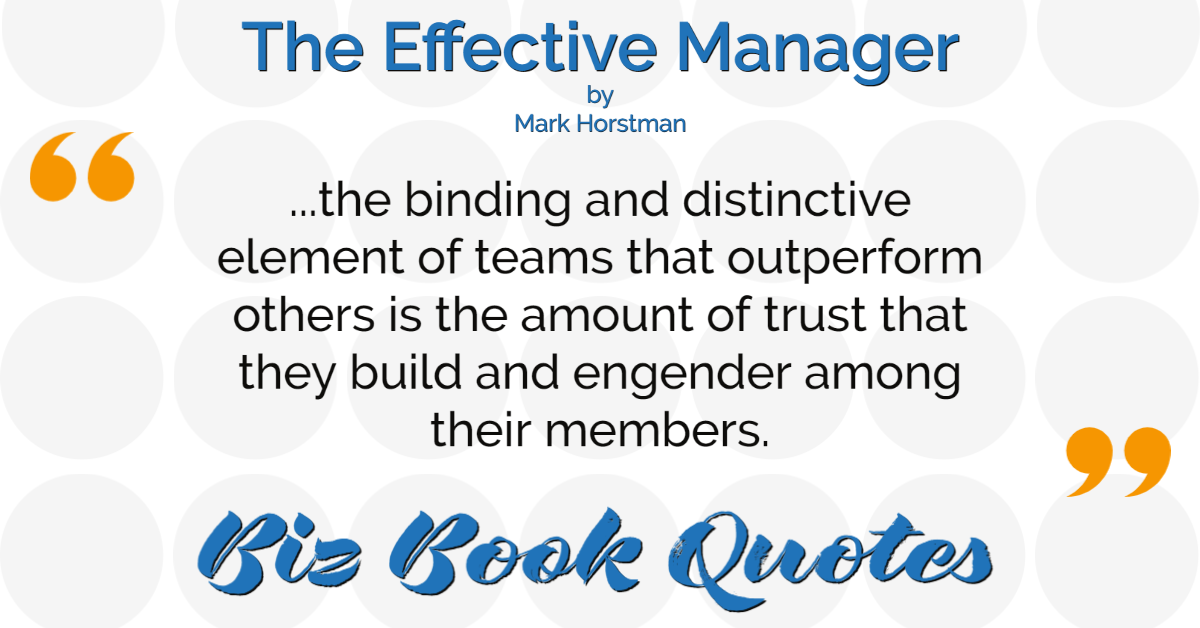 |
…the binding and distinctive element of teams that outperform others is the amount of trust that they build and engender among their members.
|
15 |
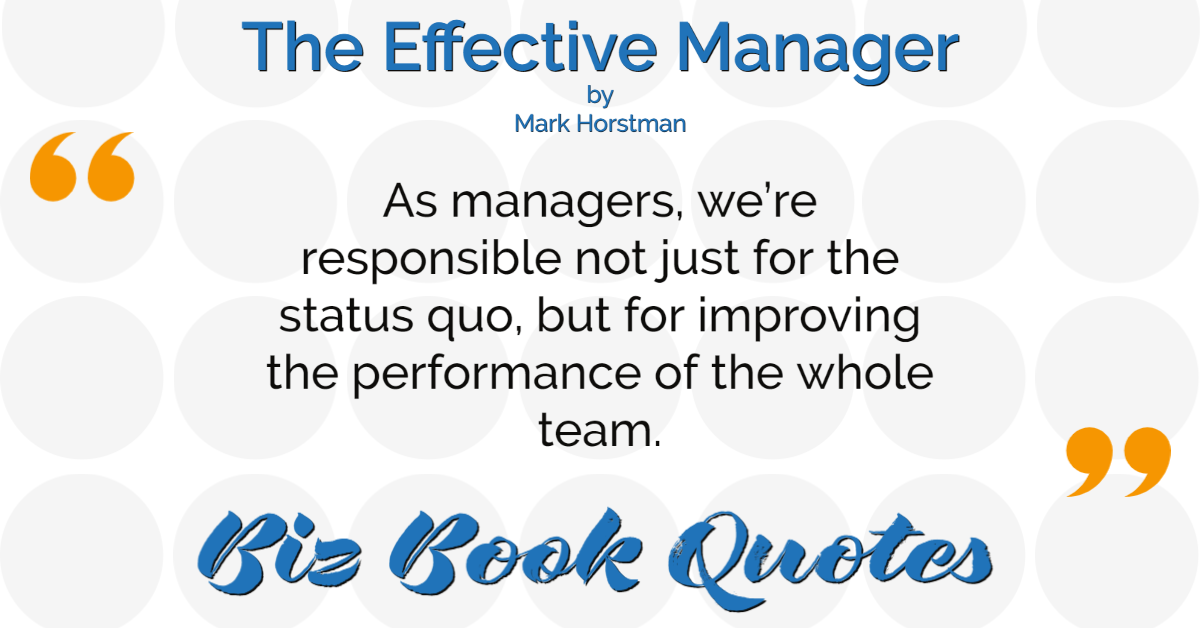 |
As managers, we’re responsible not just for the status quo, but for improving the performance of the whole team.
|
21 |